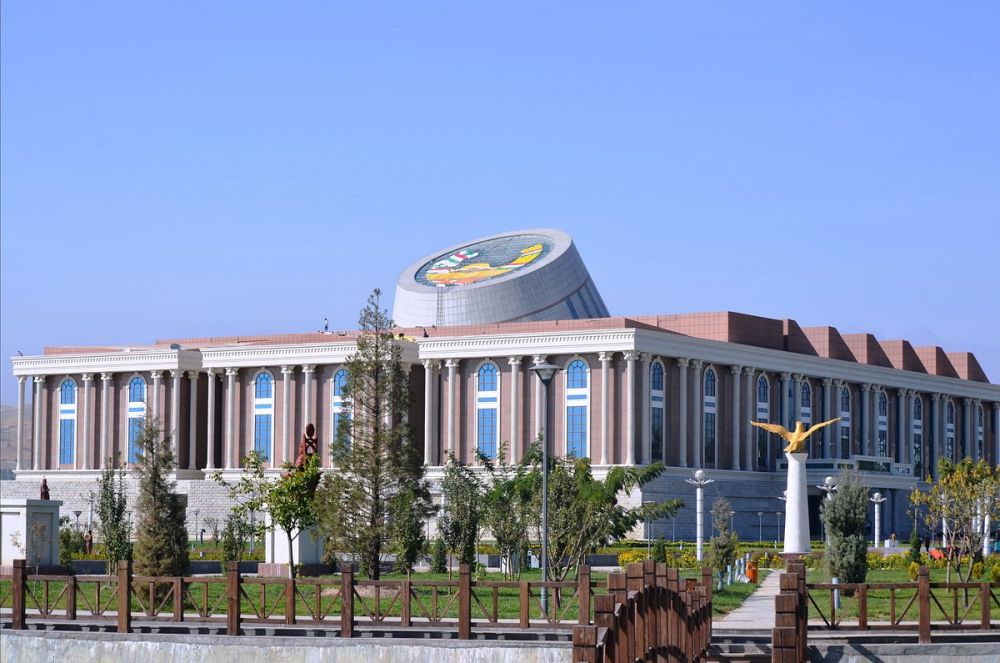

The Khatlon Regional Museum, located in the historical city of Kulob, is one of the foremost cultural institutions in Tajikistan. Kulob itself is a city steeped in historical significance, believed to be around 2700 years old and rich with tales from its Persian and Hellenistic past. The museum was established to preserve and showcase the diverse history, culture, and natural heritage of the Khatlon region. It offers an array of artifacts that span various historical periods, from ancient times through to the modern day, including the Soviet era.
With multiple exhibits, the museum provides an in-depth look into the traditional life, customs, and handicrafts of the local population. It is home to a wide range of collections, including archaeological findings, ethnographic materials, natural history specimens, as well as contemporary art.
Tourism in Kulob, and the larger Khatlon region, has traditionally been shaped by its rich historical and cultural assets. Historical sites like the mausoleum of Mir Sayyid Ali Hamadani and the remnants of the ancient town of Hulbuk have drawn visitors with an interest in Central Asian history and Islamic architecture. Over recent years, there has been efforts to uplift the tourism sector by improving infrastructure and accommodations to better cater to international tourists. The Khatlon Regional Museum plays an important role as a tourist attraction by serving as a window into the region’s past and present.
The latest trends in tourism within Kulob reflect a broader shift towards ecotourism and cultural tourism. Travelers are increasingly looking for authentic and immersive experiences, wanting to learn about the local traditions, try regional cuisine, and explore less-trodden paths.
There is also a growing interest in adventure tourism, with visitors attracted to the region's impressive landscapes that are ideal for hiking, mountain biking, and horseback riding. Sustainable travel practices are encouraged, and there is a strong push towards preserving the natural beauty and cultural identity of Kulob for future generations.
Additionally, the Tajik government has been promoting silk road tourism, leveraging the country's historic position on the ancient trade routes to attract visitors. The Khatlon Regional Museum contributes to this narrative by offering insights into the area's role in the historical Silk Road network.